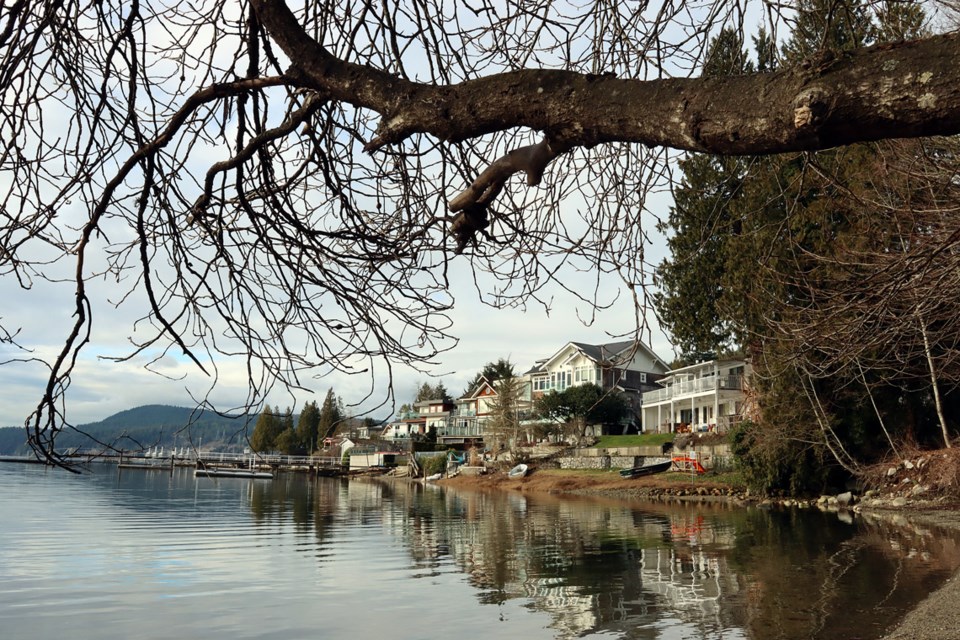Port Moody will use $300,000 its received from the provincial government’s Community Emergency Preparedness Fund to bolster the city’s plan to cope with higher sea levels because of climate change.
Kate Zanon, the city’s general manager of community development, said most of the money will be used to hire consultants with technical expertise in coastal flooding and modelling.
They will determine Port Moody’s vulnerabilities along the city’s 15 km of shoreline as well as formulate measures that will allow it to adapt to rising waters.
Zanon said some of the funding will also go towards public engagement activities as well as support work with First Nations and Indigenous organizations.
In a news release, Rick Glumac, the MLA for Port Moody-Coquitlam, said time is of the essence.
“People living along an inlet like ours understand the urgency of what rising sea levels could mean for our community,” he said, adding the city’s strategy for managing coastal flooding will help it become better prepared.
In total, the province is spending about $39 million to help more than 50 local communities prepare for the eventuality of rising sea levels.
Projects include mapping areas prone to flooding, the improvement of flood-mitigation plans and even the construction of small-scale structural flood projects like rehabilitating dikes and reinforcing drainage pump systems.
“The climate crisis is here and we need communities to adapt and strengthen their defences against flooding and other extreme-weather events,” said Bowinn Ma, the minister of emergency management and climate readiness.
Port Moody adopted its plan for reducing greenhouse gas emissions and coping with the impacts of climate change in 2020.
In addition to getting the city better prepared for rising waters and more extreme weather events, it includes requirements to improve the energy efficiency of buildings in the city, create more pedestrian zones and accommodate greater use of electric vehicles.



